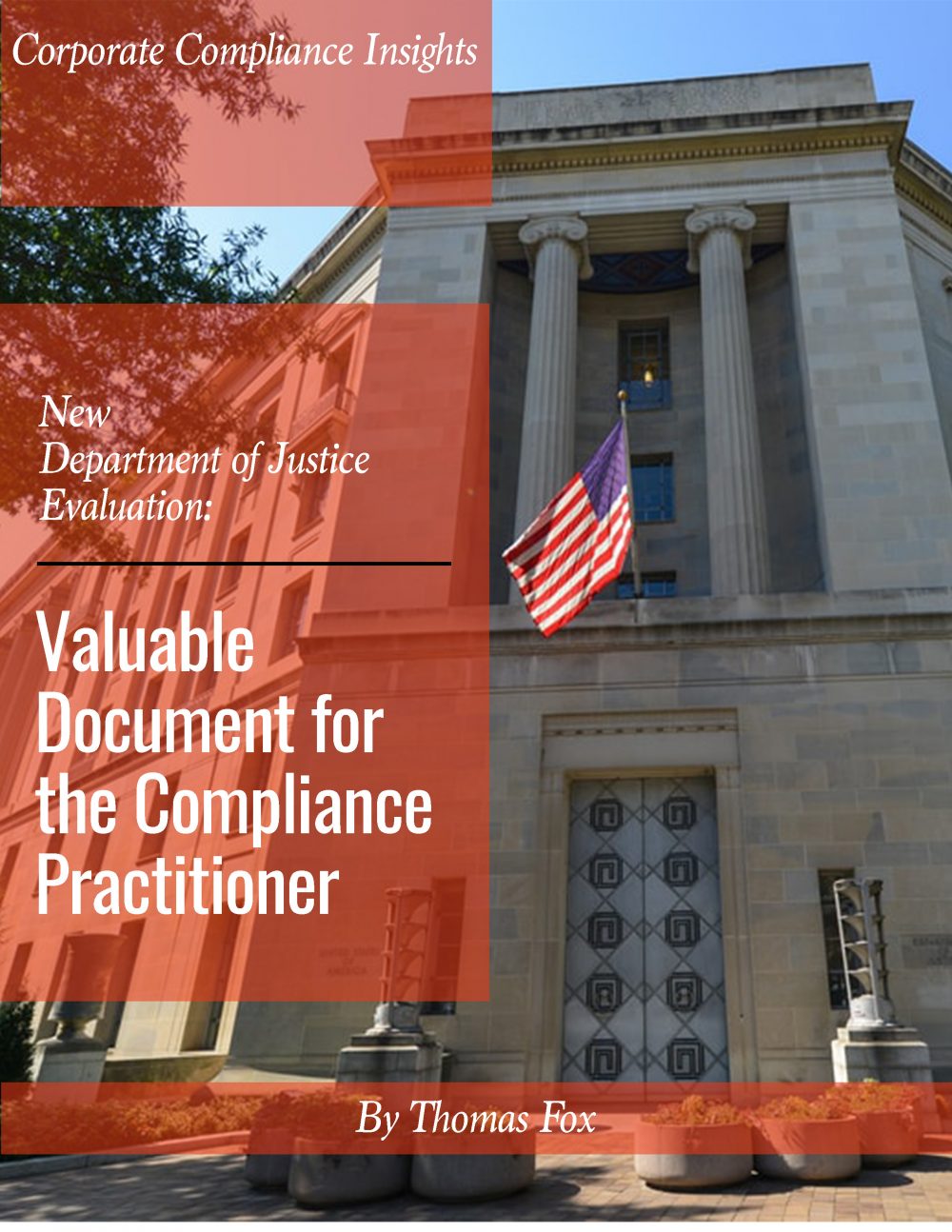
By: Carlos Guillen
At the end of a year in which regulators placed compliance management at the top of their list of priorities, financial firms should assess the processes and systems they have in place to prevent compliance breaches, such as failing to develop and enforce written policies and procedures (P&Ps).
According to “Cost Of Compliance 2016,” a Thomson Reuters global survey of financial services firms,[1] technology solutions are being developed to help firms manage compliance. “New regulations are requiring often extensive systems changes to enable the new levels of transparency required by regulators, and compliance teams are actively involved in researching, assessing, implementing and embedding compliance technology tools to help them manage their growing workloads.”
Furthermore, according to the report, automated solutions may play an increasingly important role given the scarcity of skilled compliance talent. “These resource constraints come at a time when the specter of personal liability is rearing its head, and the breadth of expertise now expected of compliance functions shows no sign of abating. The adequacy and availability of resources is seen as a particular compliance challenge for 2016 and may well encourage firms to make more use of technology.”
Increasingly sophisticated software solutions have emerged to help financial firms and consultants manage compliance more effectively and efficiently. Instead of manually managing tasks, such as storing hardcopy documents in physical filing cabinets or disparate folders on a network, compliance management software centralizes data and documents to simplify and streamline a supervisor’s workload, from risk assessment and testing calendars to insider trading surveillance and staff certifications.
Advanced compliance management solutions distribute notifications and documents to definable user groups, with intuitive routing and access controls, as well as a centralized command control dashboard. A secure online portal enables authorized users to monitor compliance management tasks from inception to resolution, with automated alerts and notifications to responsible parties.
Software also reduces the impact of employee turnover. Data and documents can instantly be shared, and supervisors can easily reassign tasks should a team member leave their firm. Moreover, with a software-supported compliance program, the evidence associated with a particular compliance management task is directly linked to the procedure followed, and supervisors can extract that data at any point in time.
Given the combined trends of increased regulatory pressures and a constrained pool of skilled compliance talent, financial firms and consultants should turn to technology to manage compliance more easily and cost-efficiently. New compliance management software solutions enable firms to document their proactive efforts to reduce the risk of violations, such as trading malfeasance or a failure to keep a firm’s P&Ps up to date. Having this evidence instantly available could prove invaluable should a client or regulator request it.
[1] SOURCE: Thomson Reuters Cost of Compliance Survey 2017. A detailed report on the survey’s findings can be found at: https://risk.thomsonreuters.com/special-report/cost-compliance-2016.
 Carlos Guillen, President and Chief Executive Officer of award-recognized BasisCode Compliance, has more than 20 years of senior executive and technology management experience in the financial services industry.
Carlos Guillen, President and Chief Executive Officer of award-recognized BasisCode Compliance, has more than 20 years of senior executive and technology management experience in the financial services industry.


